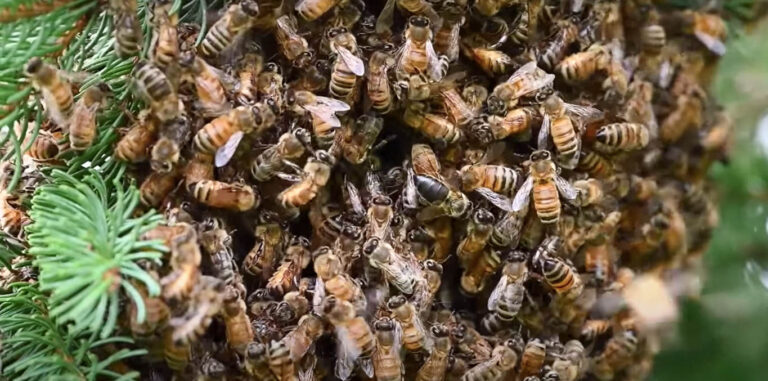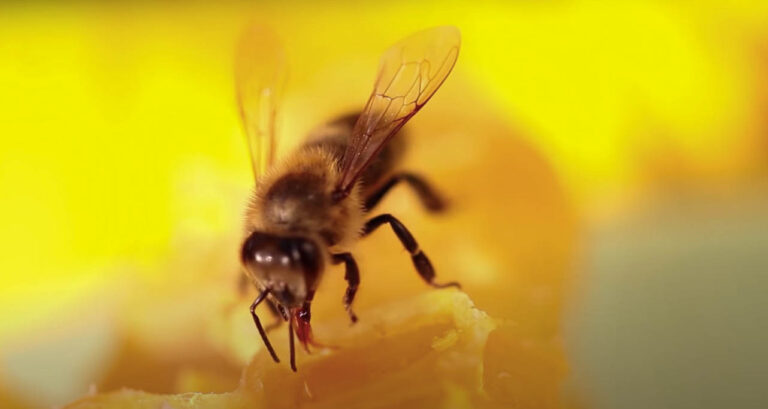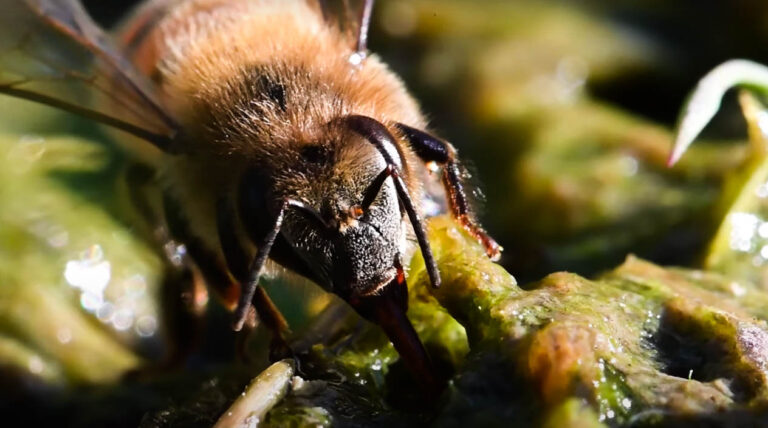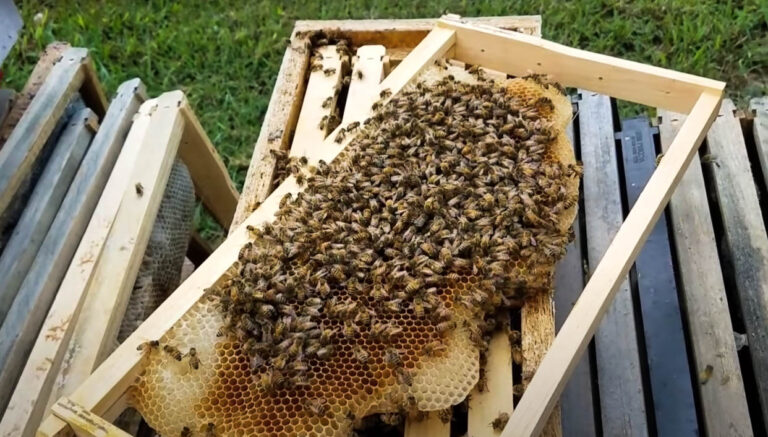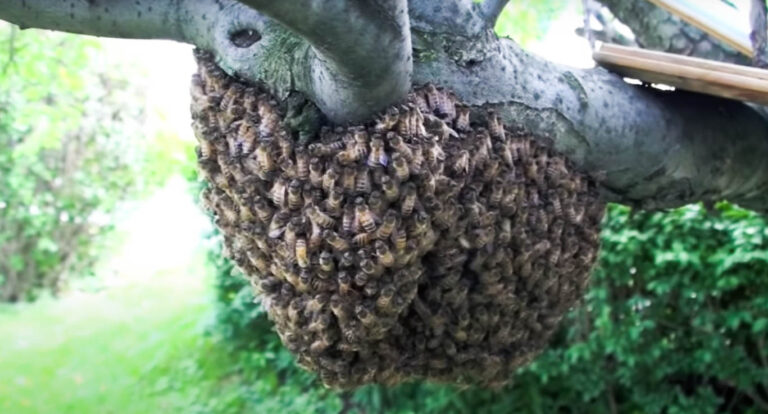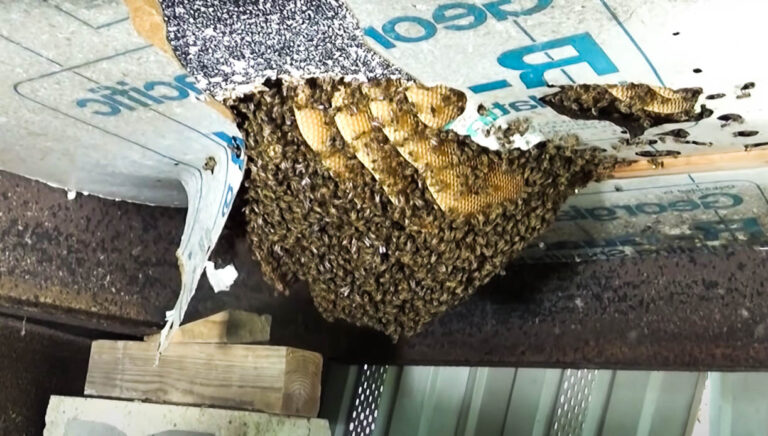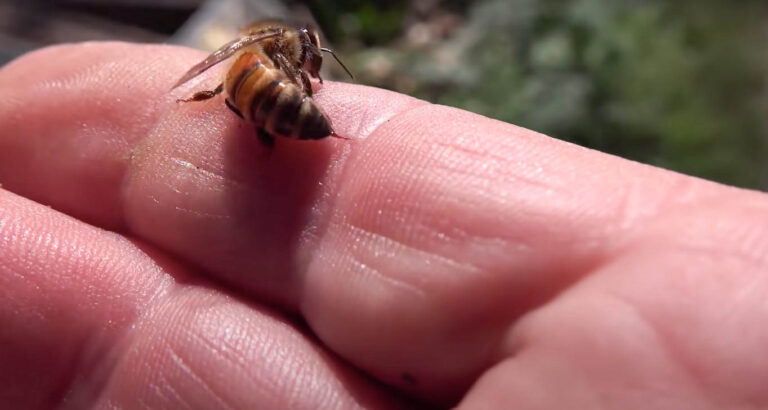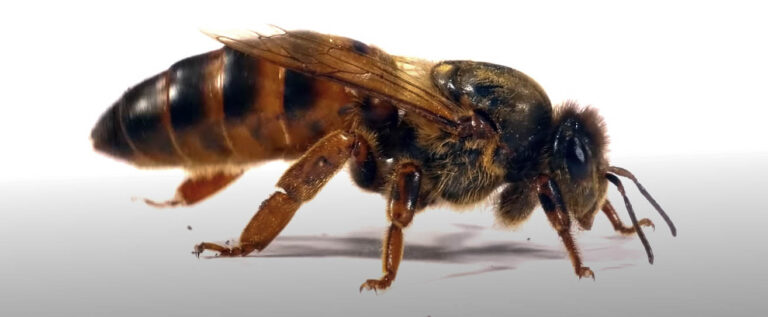How to identify a bee nest?
How to identify a bee nest?
Bees nesting on your property is not good news. While they are good news to farmers because of their pollination abilities and can be specially cultivated for the honey they produce, they can constitute a nuisance on your property. With a bee nest on your property, swarms can also occur. Swarms also put occupants of infested properties in danger. When bees nest on your property, they constitute a nuisance because they can sting occupants.
Bees sting all perceived threats, from humans to different kinds of animals, including pets. Properties can be infested by different kinds of bees that could be distinguished by their nests. We consider the different types of bee nests below.
Wood-boring bee nests
Bees could live in wood and create serious structural damage to wooden structures in the process. A major example of wood boring bees is the carpenter bee. Carpenter bees create nests in softwood as opposed to hardwood. The nests of carpenter bees can be found in wooden structures such as doors and cabinets. Carpenter bees are some of the commonest bees in the US. The damage they cause to wood is a major sign of their infestation.
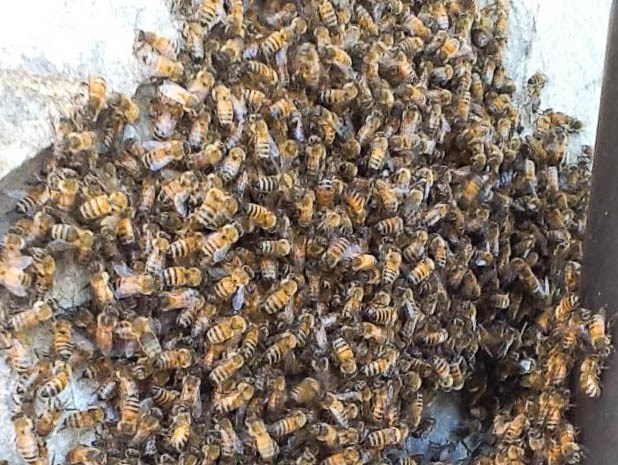
Ground bee nests
These are bees that nest underground. The ground bee nests include polyester bees. The nests are similar to that of ant nests. However, their openings are wider than those of ant nests. Typically, the nests of the ground-dwelling bees are located next to each other. You would notice the nests of these ground-dwelling bees as mounds.
The ground-dwelling bees create simple holes in the soil. The nests could have simple or complex branches. The bees could also live in an existing cavity such as those that have been abandoned by rodents and woodpeckers. Some bumblebees nest on ground surfaces, using vegetative materials as a covering. Carpenter bees have similar physical features to bumblebees but can be distinguished by the hairy abdomens of the bumblebees.
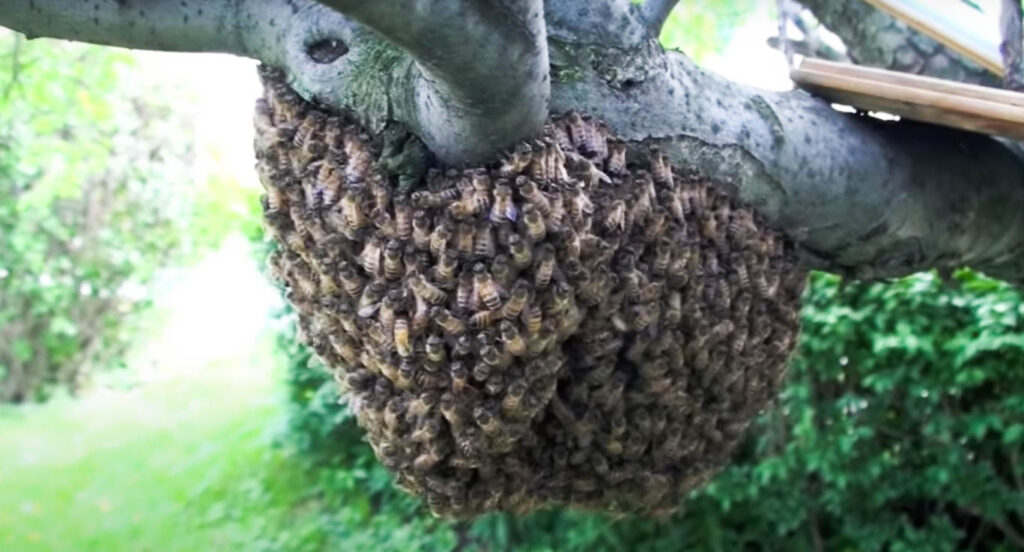
Tree-dwelling bees
Bees could also live in trees. Honey bees are some of the commonest types of tree-dwelling bees. Honey bees prefer to nest in hidden parts of the trees. They make their nests with wax. If honey bees do not nest within the hollows of trees, they could nest in manmade structures such as boxes. It is noteworthy that the different types of bees have distinct nesting patterns. Some bees occupy their nests for just one year. Others can live in an area for long periods. The type of nest will give you an idea of the infesting insect and how you should proceed.

